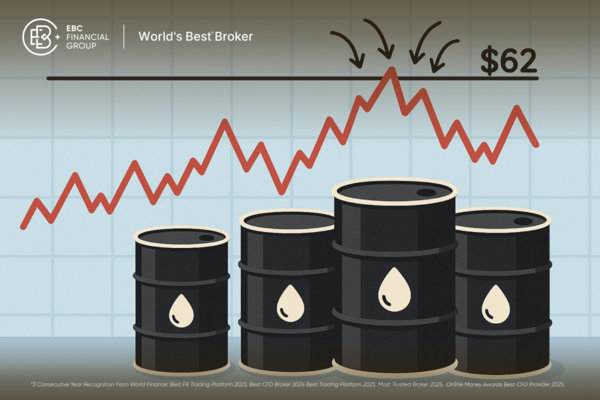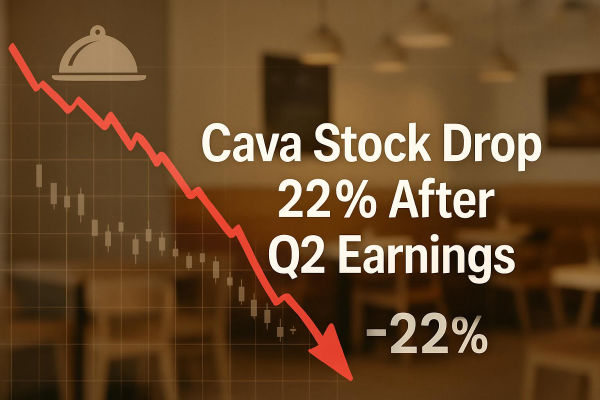
Brett N. Steenbarger teaches traders how to transform psychology into a performance advantage by cultivating strengths, designing repeatable processes and treating trading as a craft.
His work combines clinical psychology, active trading experience and hands on coaching to create a practical, evidence based path from emotional reactivity to consistent performance.
This article will break down his biography and credentials, the central pillars of his thinking, representative writings and practical tools, clear examples of how to apply his methods, and a balanced critique of where his approach shines and where traders must still supply technical edge.
Who Is Brett N. Steenbarger and Why He Matters

Brett N. Steenbarger is a clinical psychologist, active market participant, author, and long-time mentor to traders and portfolio managers. He runs the well-known TraderFeed blog and has written several highly regarded books on trading psychology, including The Psychology of Trading, Enhancing Trader Performance,
The Daily Trading Coach, and Trading Psychology 2.0. His background uniquely combines academic expertise with hands-on market experience and practical coaching for professional trading teams.
Steenbarger's significance lies in how he redefined the field of trading psychology. Rather than viewing emotional control as simply the suppression of fear or greed, he treats trading performance as a skill that can be trained and refined.
This perspective makes psychological development a practical tool for traders who want to strengthen both their market results and emotional resilience.
Brett N. Steenbarger's Path: From Psychology Labs to Trading Desks
Steenbarger earned his undergraduate degree from Duke University and went on to complete a Ph.D. in clinical psychology at the University of Kansas. He later became a Teaching Professor of Psychiatry and Behavioural Sciences at SUNY Upstate Medical University.
Beyond academia, he has worked closely with hedge funds, proprietary trading groups, and investment banks as a trading performance coach. This combination of rigorous academic grounding and direct market involvement shapes his practical, research-driven approach to trader development.
A pivotal moment in his career came when a Chicago trading firm brought him on as a full-time trading psychologist. Immersed in the fast-paced world of futures trading, he gained first-hand insight into how traders think and perform under pressure. That experience profoundly influenced his coaching style and writing, grounding his psychological insights in real market practice.
Brett N. Steenbarger on the Inner Market

Steenbarger argues that emotions in trading are not distractions to suppress but valuable signals that reveal what a trader believes, expects, and how well their process is functioning. He encourages traders to cultivate disciplined self-observation, learning to connect emotional reactions with underlying thought patterns and to use those insights for concrete process improvement.
For instance, if a trader consistently exits positions too early after minor losses, that pattern might indicate that their position size exceeds their comfort with drawdowns. By documenting the trigger, thought, and outcome, the trader can adjust trade size or refine rules so that actions better align with long-term goals.
This method applies core cognitive principles such as journaling and cognitive restructuring, but anchors them firmly in real market behaviour. The outcome is a structured feedback loop that transforms emotional experience into measurable progress.
Trading Psychology 2.0: Building on Strengths
In Trading Psychology 2.0. Steenbarger condenses decades of coaching and research into a practical framework built around one central idea: discover what you do best and expand on it intentionally. The book moves beyond theory, guiding traders to integrate high-performance behaviours into their daily practice.
The emphasis on strengths is both strategic and motivational. Traders are encouraged to track their best trades, identify the specific skills that drove those successes, and systematically reinforce them through repetition. This process transforms occasional flashes of insight into consistent, repeatable advantage.
The Process Advantage: The Performance Loop Explained
A central, repeatable concept in Steenbarger's teaching is the performance loop. The loop is simple in design but powerful in practice: plan, act, review and refine. The loop turns ordinary trading activity into a laboratory for improvement.
Below is a compact table that summarises the loop and gives practical prompts that a trader can use immediately.
| Performance Loop Stage |
What To Do |
Practical Prompts |
| Plan |
Define a clear intention for the session or trade |
What is my hypothesis? What will make this trade a success? |
| Act |
Execute with discipline and note deviations |
Did I follow my entry and exit rules? What temptations arose? |
| Review |
Record observed outcomes and emotional states |
What worked, what did not, what surprised me? |
| Refine |
Adjust process and practise specific skills |
What one skill will I practise before the next session? |
Using this loop consistently creates a personal dataset that enables deliberate practice and measurable improvement. Steenbarger treats journals and quantified reviews as a trader's training log.
Representative Writings: What His Articles and Posts Emphasise
Steenbarger writes frequently for his TraderFeed blog and has authored columns and interviews for a range of outlets. His most cited themes include realistic self assessment, strength development and the translation of psychological technique into trading routines.
Selected themes from his recent and classic pieces include how to recognise when you are trading well, how to cultivate cognitive strengths, and how to interpret market structure in a way that supports disciplined action. These shorter pieces function as daily laboratories: observations are distilled into immediately usable advice for traders.
How to Apply Brett N. Steenbarger's Methods
Whether you are an active trader or a long term investor, Steenbarger's methods are adaptable and pragmatic. The following table sets out specific applications and the intended benefit.
| Application |
How to Implement |
Benefit |
| Journalling |
Record plan, emotion and outcome for each trade or decision |
Builds self awareness and a dataset for improvement |
| Strengths Audit |
Catalogue your best trades and extract recurring skills |
Focuses development where you already have an edge |
| Small Experiments |
Test one process change for a fixed period |
Lowers risk of overfitting and encourages learning |
| Session Rituals |
Pre session checklists and energy management routines |
Reduces impulsive mistakes and improves focus |
| Portfolio Pause Rules |
Limit impulse checking and define scheduled review times |
Reduces noise and supports long term decision making |
For example, a long term mutual fund investor who checks net asset value hundreds of times per day can adopt a portfolio pause rule that restricts valuation checks to scheduled times.
The investor can use journalling to note what prompted an urge to check and then adjust the process to reduce reactive behaviour. These are the exact sorts of process changes Steenbarger recommends to convert habit into strategy.
Creativity, Pattern Recognition and Adaptive Intelligence

One of Steenbarger's intriguing suggestions is that traders should cultivate creativity and pattern recognition skills rather than merely optimising back tests. He argues that markets are living systems and that adaptive intelligence allows traders to see new patterns and to respond when the statistical properties of a market change.
Creativity in his description is not airy improvisation. It is disciplined experimentation in which a trader tries small, well defined variations, measures outcomes and integrates what is learnt. Over time this deliberate creativity becomes a source of edge.
Where Steenbarger Helps and Where Traders Still Need Technical Edge
Steenbarge's psychological scaffolding is powerful but it is not a substitute for a trading or investment edge. He repeatedly acknowledges that psychology multiplies an existing edge rather than creating one out of thin air. Good process and self mastery will expose and amplify skill, but they will not replace rigorous research, risk management and market selection.
Another realistic limit is the time and discipline required to implement his methods. The deliberate practice model demands regular, structured review and sometimes uncomfortable changes to habit. For traders who seek quick fixes or for those without a commitment to sustained practice, the benefits are likely to be limited.
Finally, cultural and contextual factors can affect how methods are received. Some practitioners may prefer other coaching or decision frameworks. Steenbarger's model is adaptable, but the practitioner must do the work of translating principles into their local context.
Practical Example: A Three Week Starter Plan Based on Steenbarger's Work
Week One:
Journal every decision. Use the performance loop and record plan, emotion and outcome for each trade or major portfolio action.
Week Two:
Conduct a strengths audit. Identify three recurring strengths from week one and design one micro practice session per day to enhance one of those strengths.
Week Three:
Run a small experiment. Change one element of your process for ten sessions, measure the results, then refine.
This short programme converts Steenbarger's ideas into tangible actions that a trader or investor can start tomorrow.
Conclusion: Mastery of Markets Is Mastery of Self

Brett N. Steenbarger offers a modern, human centred path to trading that treats psychological work as rigorous, measurable and practice oriented. His synthesis of clinical psychology, active trading experience and hands on coaching produces an approach that is creative, practical and durable.
Traders and investors who adopt his principles gain more than calmer screens. They build a repeatable process, an informed awareness of their strengths and weaknesses and the adaptive intelligence to evolve as markets change. In the end his core message is simple and profound: lasting performance is built one deliberate practice at a time.
Disclaimer: This material is for general information purposes only and is not intended as (and should not be considered to be) financial, investment or other advice on which reliance should be placed. No opinion given in the material constitutes a recommendation by EBC or the author that any particular investment, security, transaction or investment strategy is suitable for any specific person.


























